It's August 23, 1995. Dangerous Minds had just dropped it's #1 box office spot to New Line Cinema's live action adaptation of Mortal Kombat and Seal's Kiss from a Rose had just knocked off TLC's Waterfalls as the top song in the country. Meanwhile, at stores across the country -- nay! At stores across the globe people lined up and waited for the midnight release of Microsoft Windows 95.
If you were alive back in 1995 I'm sure you remember these things. If not, trust me when I say that they were a big deal. However, regardless of how big those songs and movies were at the time their legacy is pretty minimal. Nobody really talks about Mortal Kombat or Dangerous Minds except in irony, and as big as Seal and TLC were at the time you're best chance of hearing them in the wild these days is in the supermarket as all of us realize we're now the adults the grocers are trying to appeal to, like our parents and their music before us. Windows 95, on the other hand, has literally changed the world and — whether good or bad — helped to create the world we know today.
Computing in the Before Times
In the 80s and early 90s there were several ways to use a computer to get work done. Many people were still using their Commodore 64, and if you were in Europe or many other places of in the world you might be using an Amiga, but here in the States you were almost certainly going to be using an Apple machine with their System Software — it wouldn't be called Mac OS until 1997 — CP/M, or more likely you were using one of the DOS flavors. Sure, Windows was around. It came out in 1985 with Windows 1.0 and 2.0 would drop in 1987, but it wouldn't become a popular operating environment until the release of Windows 3.0 in 1990. Windows 3.0 would go on to sell 10 million copies before being superceded by Windows 3.1 in 1992 which would go on to sell another 3 million copies.
If you’re interested in reading more about the history of Windows 95 and the rest of the Windows line, consider reading Bradford Morgan White’s publication Abort, Retry, Fail.
Beyond the standard uses of a personal computer, this was the era of dial-up bulliten board systems and an internet that was mostly used by researchers, some business types, and the nerdiest of nerds. Early browsers like the famous WorldWideWeb and NCSA Mosaic could only render the most basic of web pages with text and small, low resolution pictures. But soon, all of this would change.
Start Me Up, or Microsoft Goes Mainstream
The development of Windows 95 began as The Chicago Project in the Fall of 1992 and would be delayed, but eventually made it's way into consumer's hands on August 24, 1995. However, before a product can sell like crazy people need to know about it, and here's where the story really gets good.
Back in the 90s the idea of a massive software product launch wasn't a thing. Heck, I remember going into gas station convenience stores with my mom and seeing shareware floppy disks by the register for a dollar or two so the idea that new software could be a big deal seemed a little silly to me at the time... but boy was I wrong. Not only was the hype train real, I'm pretty sure Bill Gates bought the whole thing and the tracks to boot.
Getting Noticed by the Normies
The most famous part of this marketing strategy was, of course, the Start Me Up campaign. Microsoft dropped $3,000,000 USD for the rights to the Rolling Stones song of the same title and it would be the backbone of the push. The commercial, from a marketing perspective was really quite brilliant. It had all of the things to appeal to the average consumer of the time. It featured men and women, boys and girls, kids and adults of all different races and nationalities using their computers to write documents, browse the early internet, watch videos, check email, design graphics and flyers at home, on a train, in the office, and even in an internet cafe (remember those?). There was no talking. The ad did a great job at showing what Windows 95 could do instead of just telling us about it. With Windows 95 being a consumer-oriented system it was fun and high energy, and most importantly it got regular people's attention.
Harnessing the Power of Pop Culture
One thing that really stands out to me is the way Microsoft harnessed the star power of celebrities to garner mainstream attention and excitement. In many ways it reminds me of what Vince McMahon did with Wrestlemania in the 80s by bringing in household names like Muhammad Ali, Mr. T, Liberace, Cyndi Lauper, and more to add some gravitas to the event. Microsoft pulled the same maneuver by hiring late night star Jay Leno to host the launch event and Friends stars Jennifer Aniston and Matthew Perry to perform in their Windows 95 Video Guide.
Again, for the younger readers, you need to understand just how big Friends and The Tonight Show really were at this point. Friends was arguably the second biggest show at this time, just behind Seinfeld and The Tonight Show was arguable the most popular late night show on television. Microsoft effectively marketed and launched their new operating system software with three of the biggest names in entertainment at the time which, I’m sure, was not cheap.
Making Windows Accessible
Now, of course, it took more than a well-put-together TV ad to get people excited for Windows. There were public betas, and training classes for learning the system. Shows like The Computer Chronicles followed the development progress and gave people an inside look at what was to come. Many different magazines, both computer related and not, were talking about the upcoming release and the many new features to come. Notice I said nothing about the internet, because that hadn’t fully caught on yet
The most obvious change was in the user interface. According to Joe Fabris of Microsoft the team "combined the Program Manager and the File Manager [from Windows 3.1] into a single uniform desktop" (Computer Chronicles 371). The Start Menu replaced the Program Manager and Windows Explorer replaced the File Manager, while the Taskbar was introduced to make application switching easier and less confusing to the average computer user. Speaking of app switching, Windows 95 finally gave home PC users a fully 32-bit Windows operating system with preemptive multitasking improving the capabilities of the system. Rounding out the new desktop features was the Recycle Bin. That's right, the trash can icon we're all used to seeing on Windows got it's start here, though to be fair it's a feature that had existed on the Macintosh for some time.

Other features introduced in Windows 95 that would go on to become staples of Microsoft's desktop offering include:
The ability to give files and folders names up to 255 characters in length; a vast improvement from the previous 8 character limit in DOS and Windows
Autoplay when external media was inserted
Plug and Play allowing new hardware to be added to the computer without having to do extra configuration
Backward compatibility with MS-DOS programs
Accessibility features like Sticky Keys, FilterKeys, ToggleKeys, Mouse Keys, and more
Two other major features that came out alongside the OS were the Microsoft Network (MSN, but not that MSN), and a little project called Internet Explorer, but more on that later.
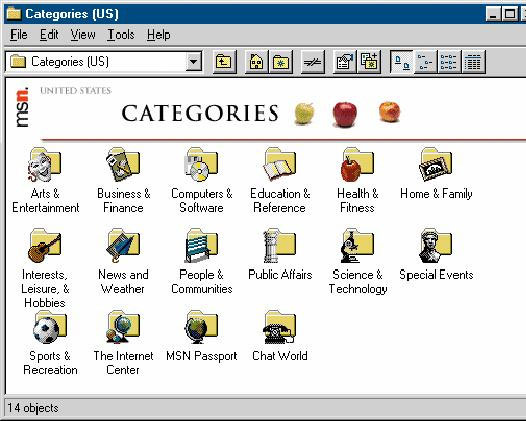
The Marketing Hype was Unreasonable
We've already touched a bit on the marketing campaign, but even bigger than the ads and the press on Windows 95 was the actual launch. Microsoft held a huge launch party at their headquarters in Redmond, Washington with Bill Gates joining Jay Leno on stage in front of a crowd of over 5,000 people. Once the presentation was finished the crowds were released to a small village worth of vendor booths all waiting to demonstrate their latest Windows software applications.
However, the Redmond event was not the only big thing leading up to the public release of the new OS. "In Great Britain, entire fields were painted with Microsoft Corp.'s Windows 95 logo to catch the attention of planes flying overhead" wrote John Flinn for The Gate (now SFGATE) back in 1995 just prior to the launch. He continues, "In Australia, a four-story-high box fes tooned with Windows 95 logos will be towed into Sydney harbor on a barge, as dancers perform in the streets. In the Philippines, the very first copy of the new operating system to hit the country will be hand-delivered to President Fidel Ramos."
Microsoft even rented out an entire amusment park -- Paramount Great America in Santa Clara, California -- to live stream the event. In addition to all of this, there were also said to be special events held in 42 cities across the country, "major foreign capitals, and throughout cyberspace". They lit up the Empire State Building in New York City with the colors of the Microsoft logo, and they even had Stuart Leggett -- a famous Canadian rappeller -- send a wireless email to Bill Gates while rappelling down the side of Toronto's CN Tower which was emblazoned by a 300 foot Windows 95 banner.
Keep in mind, all of this was done for a piece of software. Imagine if Google did this for the launch of ChromeOS back in the early 2010s, or if Adobe did this for their new version of Create Cloud, or if Mozilla did all of this for new version of Firefox. It would be absolutely absurd! But dang it, this was the 90s, so of course Microsoft did this. Go big or go home I guess.
Remembering the Launch in 1995 and 2023
Meanwhile, in the hours leading up the stroke of midnight, thousands of people lined up at retailers around the country and abroad for the chance to be one of the first people to get their copy. So what did these people have to say about it?
"I’m going to go home and load this thing up and get on the [Internet] and talk about it." - Bobby Neishi, 37, Huntington Beach, CA
"This is the Woodstock of the ‘90s!" - Robert Todd, 47, South Pasedena, CA
"I’ve been looking forward to this for 2 1/2 years. This is the best thing since they came out with the floppy disk drive in 1977." - Mazier Maniei, 35, Pasedena, CA
"This is a once-in-a-lifetime opportunity. This is the premiere. The opening. You’ve got to be here." - Mitchell Marcus, Los Angeles, CA
Still, not everything being said about the launch was positive. Northwestern Univeristy marketing professor Philip Kotler told the Washington Post in 1995, "I think the hype has been excessive... If there are bugs in this program, or if the extra performance doesn't deliver substantial benefits, this could be a disaster." And bugs there were! But even so, Windows 95 would go on to become a pretty solid operating system that played a massive role in forming how consumer desktop computing would be done up to our present day.
Apple, as you might expect, had their concerns internally.
"Microsoft was delivering a ‘look and feel’ which, while we threw rocks and said, ‘It’s not as good as ours,’ there was a fear that it was good enough that everybody who used Macs because they were easier to use, would then be able to say that Windows was just as easy." - Mitch Stein, former Apple Director of Human Interfaces
"We had this big crash course to make everything look sexier, to make it more colorful. I think it was the first realization that we were not just building computers for people. We were building things that would look good enough that you wanted to buy them." - David Curbow, Apple Human Interface Engineer
But what about people today, in 2023? Well, I asked a number of other writers and fellow nerds what they remember from the launch of Windows 95, and here's a little bit of what they said.
"When Windows 95 came out I was running OS/2 -- stubbornly so. I was a die hard for OS/2 at that point. But, even so, I was psyched for the 95 launch. Nerds lined up for hours -- often around the block -- to get a boxed copy. This was a massive event in computing. The whole country caught up in the excitement. My neighbor got a copy on launch day... the floppy disk version! Seriously! A box full of 3.5" floppies for the upgrade edition of Windows 95. And I "borrowed" it. Because I absolutely needed to try it out. Sure, I went right back to OS/2... but 95 was a special thing that captured the attention of us nerds." - Bryan Lunduke, The Lunduke Journal of Technology
"Specifically, I remember my neighbor he waited in line, and he was eager to show off his new system. I then inherited his copy of 3.11. I remember the hype being super intense, and the corporate press doing news segments about it." - Bradford Morgan White, Abort, Retry, Fail
"I remember the hype and I also remember being unimpressed at how buggy it was compared to win 3.1." - Al, Al's Geek Lab
“Sad to say I don’t remember much. I do remember we could just stick a game in and it would start. That was a big deal.” - Jenny, aka my mom :)
"In 1995 I was 17 and I remember being excited for it! I didn't wait in line but I did go out and get a copy. I got the upgrade version which came on 13 floppies. Good times!" - Patrick McAfee, The Retro Millennial Community
"I was 14 so I had no say in getting it. One of my friends got a new Packard Bell as well and that was my first exposure. I kept looking at it trying to figure out how to use it since the UI was so much different to 3.1. Honestly, I was more impressed with the games he was able to play because he had a Pentium and I was still on a 486 66DX2. I remember being told I shouldn't try to install it because it would run really slow. I remember his system not feeling much faster than mine and thinking if it ran that way on his, mine would crawl." - MGAddict, The Retro Millennial Community
"I was in my mid-20s, running Amiga OS. The Amiga community thought it was a joke. Now it's easy to say in hindsight that the joke was on us in the long run, but you have to bear in mind that for us, 1995 was actually a period of hope...We used to call it “Amiga 85”. Which, yes, was a bit hyperbolic. Looking at it with unbiased eyes, it was clearly a slicker and more professional experience than even AmigaOS 3.1. But all the “multimedia” hype felt like old news to us. CD-ROM support... what, like the CDTV from 1989? Auto-mounting of removable devices? “Plug and Play”... so that's like Autoconfig, then? Multitasking, DLLs... zzzz. Well, it seemed that “PCs” had finally caught up. Big deal." - Duncan S, Locals
"I didn't stand in line for a copy of Windows 95 since I was way too young. However, I do remember being really excited when I first saw it. I was never able to remember which window things were in, and each window took ages to open. Having everything in one menu that opened up almost immediately was mind blowing to me." - bitblaster, Locals
"Even in my 20's, I was a curmudgeon. So, I refused to get on the "get in line" bandwagon. But I absolutely craved having a copy of that OS. There was so much underground hype about "Windows Chicago" in the PC tech community at the time, that I had convinced myself that this was going to be last OS anyone would ever need. I was more excited to get that copy of Windows 95, than to get a copy of OS/2 Warp 4 (which, YES, you could buy on tech store shelves, back in the late 90s, and yes, I did buy it)... I found a Best Buy in a neighbouring town about 25 minutes away... I went there about 10:30PM on Thursday night, long after all the initial hubbub had died down. Sure enough, they still had six copies of the FULL version left. I didn't want the "upgrade" (I already knew what kind of danger those posed, coming from IT). So, this was perfect." - Greg Gauthier, Locals
Paving the Way Forward
Whether you like Microsoft or hate them, there really can be no denying the impact of Windows 95. While it may look quaint to us today, what with our fancy RGB rigs and high end graphics enabling all sorts of transparencies and animation effects, Windows 95 revolutionized the way most people use computers. I mean Windows 95 is the reason we have a Windows key (Super Key for the Linux folks) and a context menu key on your keyboard! That's right, those came from features introduced in Windows 95. It’s the reason that Windows has had essentially the same look and feel for almost 30 years, and it’s the reason so many people were able to get online and enjoy themselves.
Could you make a strong case that Apple and Amiga did a lot of these things first? Absolutely. The difference is that Microsoft popularized it and brought it to the masses with some slick marketing and a whole lot of ridiculousness. Still, all of this talk makes me want to go install Windows 95 and play Hover one more time...

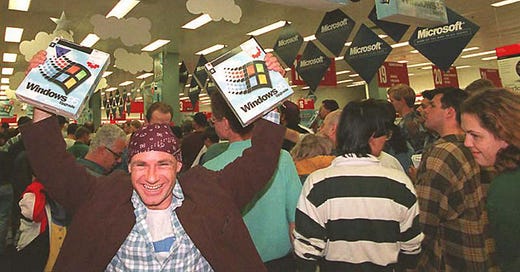



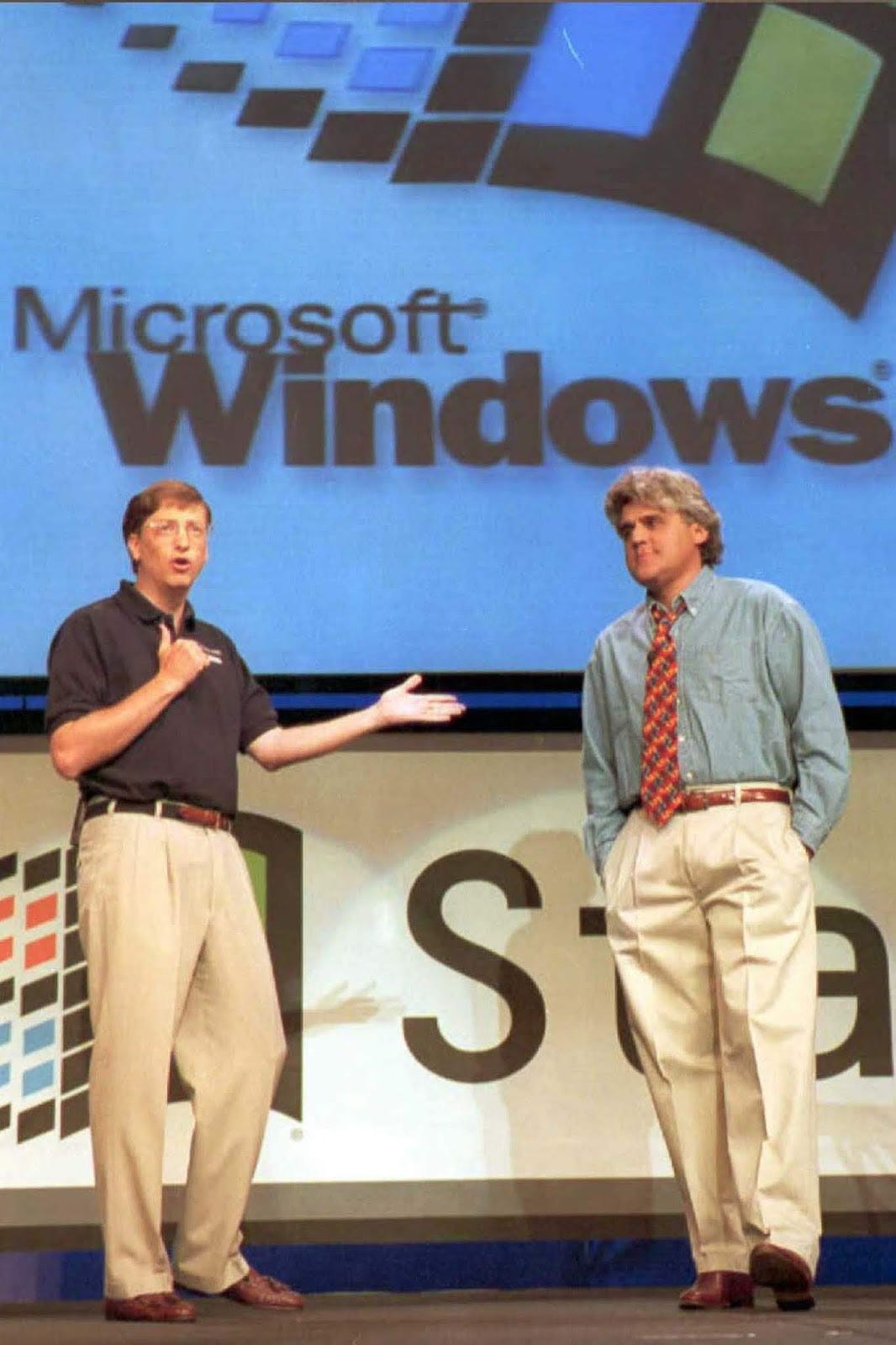

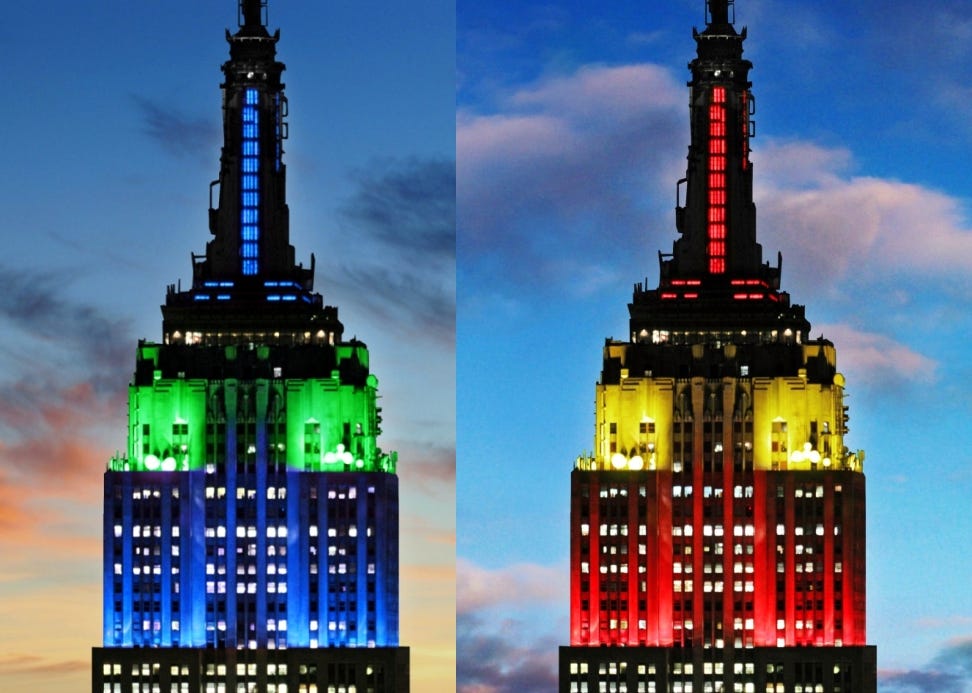
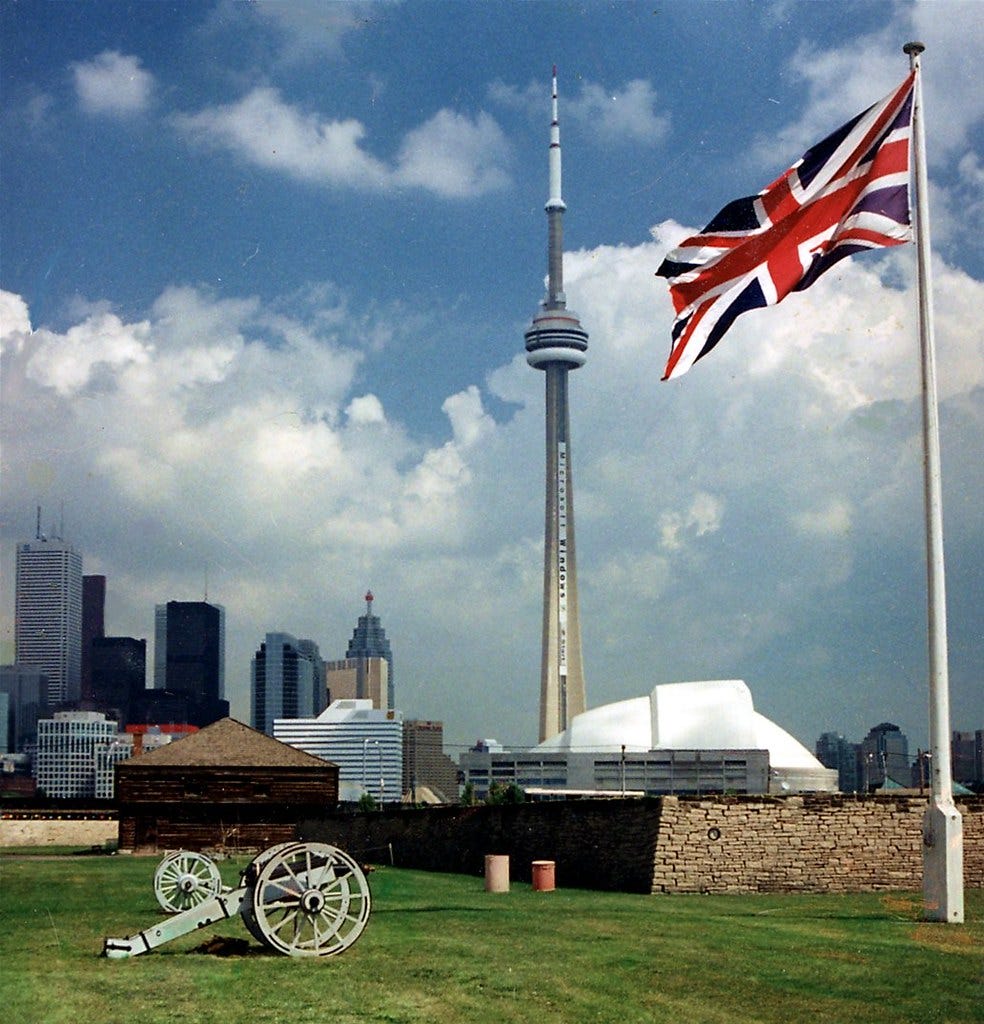

I remember that night fondly, the CompUSA in Towson started selling Window 95 at midnight and we were there, also picked up a new computers for the kidos to run it on, those were fun times! J